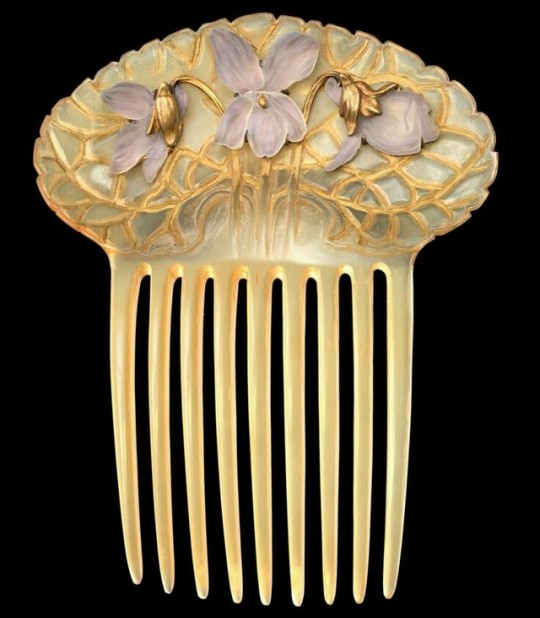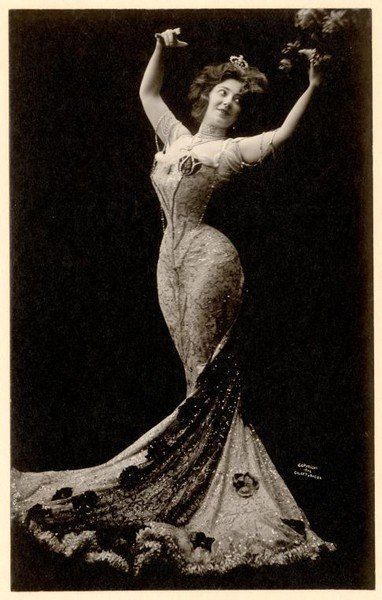Text
Surprise Trip || Paric
The sun had finally set, Pamela’s cerulean eyes snapped open. She had a fitful night sleep in her soft pink velvet casket. Lifting the lid open, the blonde vampire sat up, and took a quick glance around the room, expecting to see her Viking Prince maker also rising for the evening. To her surprise, his coffin lid was still shut, he normally woke before she did. Her designer heels made a quiet click on the floor as she stood up. Those brilliant eyes easily took notice to the sight to of their luggage, packed to the brim with her favorite outfits. Pam furrowed her brow in slight confusion at the luggage, only turning once she heard Eric speak from behind her.
18 notes
·
View notes
Photo

ig: ssoftngentle
730 notes
·
View notes
Photo

926 notes
·
View notes
Photo

2K notes
·
View notes
Photo

Ariadna Majewska.
4K notes
·
View notes
Photo

Kristin Bauer Van Straten - OUAT set - 01/21/15
728 notes
·
View notes
Photo

30 notes
·
View notes
Photo

Hair comb Made from horn and applied w/3 foil - backed frosted violets, mounted in gold, signed LALIQUE C. 1900
Saved from: www.pinterest.com
1K notes
·
View notes
Photo

Anna Held, 1902
Source: pinterest.com
1K notes
·
View notes
Photo

1918-1921 Negligée- American
5K notes
·
View notes
Photo

174 notes
·
View notes
Text
Fantasy Wardrobe: Corset

Corsets are what one usually thinks when they think of fantasy female fashion. In every historical film or fantasy show we see women being laced into corsets. But how much do we really know about corsets? I thought you would like this @chaoticramblingsofatheatrenerd
Kinds of Corset
Underbust: These go under the bust or boobs to plump them up and support them. It has the basic shape of any corset you might have seen excepting that it stops under the bust line.
Overbust: This is probably the one you have seen more often. These go from tops of the hips and over the bust. This style also plumps up and supports the breasts.
Long-line corsets: These corsets are made to go over the hips. Usually these are only worn by women with a longer torso. The Long-Line corset shapes the hips, waist and breasts.
Waspie Corsets: These corsets don’t extend to the breasts or the hips. These only fit around the waist. This is only used for shaping the waist.
Stays: Stays were most popular in the 17th Century. They were conically shaped, held in place with straps on the shoulder and were fitted with flaps about the waist. These weren’t only to pull in the waist. They were made to flatten and contrast between the rigidness of the bodice. They were made of layered fabric gathered together and stiffened by thread or glue. These could be stiffened with steel sometimes for back issues.
Linen: Corsets were usually made of linen like most undergarments of the period. Linen is a breathable material, its well, it’s strong and durable.
Materials

Dried Reeds: Though the most people think of bones when we think of corsets. But dried reeds were also used. These were sewn into channels into the corset. They are chosen because they breathe well and are hard to bend leading to better support.
Rope: Sometimes lengths of stiff rope were sewn into the corset’s lining. These were a cheaper source of support.
Whalebone: The most famous of boning material. It isn’t whalebone at all, actually it us a flexible substance called baleen which is made of the chemical in the plankton that whales eat. Whalebone is flexible, tough, resilient, supportive and easily cut with a pair of scissors or a knife.
Satin, taffeta and velvet: Not exactly what one would think of when thinking about corsets. Elizabeth I and Maria of Toledo are named owners of silk, taffeta and velvet corsets. Again the material is strong, breathable.

Things you ought to know

Corsets are not uncomfortable when laced right.
It is a myth that they can break bones.
It is generally accepted now that they didn’t mess up organs. Evidence for organ displacement and disfigurement, is very rare.
Men often worn corsets for back issues or vanity issues. George IV wore one to hold in his poundage.
Corsets rarely can shape a waist to be tiny-weenie.
Busk: A closure at the front of the corset made of clasps and bolts. In history they stabilized the front of a corset but nowadays it serves as a quicker access route (awkward cough).
Anatomy of a Corset
Bones: These are the stiffening and supportive structures sewn into the material.
Grommets / Eyelets: These are the metal rings where the lacing is threaded through.
Bone casing: This is a layer of fabric that is stitched over the boning to create a bone channel.
Bone channel: The point between each boning made of layers of fabric.
Panel: Each piece of fabric that is cut into a specific shape to make up the corset. Most corsets will have six panels on each side.

Lacing up the corset
Start at the bottom of busk and work your way up. Fasten all clasps.
Next, move to the laces of the corset. Feed the laces through the eyelets at the base of the corset. The most preferred and easiest pattern is the X pattern.
Work your way up the back, bringing in the laces as tight as your own comfort will allow. Don’t tighten it too tight. Only to your comfort.
3K notes
·
View notes
Photo

Other blog (Abstyle)
121 notes
·
View notes
Photo

Oscar de la Renta | Fall/Winter 2019
7K notes
·
View notes
Photo

442K notes
·
View notes
Photo

S T Y L E
48 notes
·
View notes
Photo


LIA STUBLLA New Years collection 2019
3K notes
·
View notes